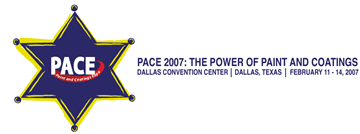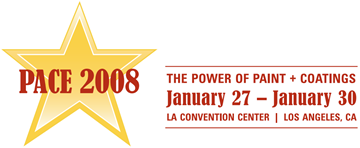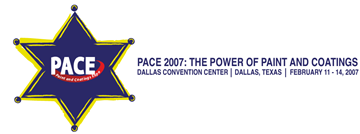Search
Products tagged with 'inspection'
View as
Sort by
Display
per page
Fluorescent (OAP) Coatings Inspection Safety
Product Number:
41213-750-SG
Publication Date:
2013
$20.00
How we learn from our history in the development of the next generation of linings
Product Number:
MPWT19-14325
Publication Date:
2019
$0.00
Impact of 3rd Party Inspection: A Case History on the Harbor Bridge
Product Number:
41207-305-SG
Publication Date:
2007
$20.00
Improvements to the Replica Tape Test Method (ASTM D4417C / NACE SP287 / ISO 8503-5)
Product Number:
51324-21157-SG
Publication Date:
2024
$40.00
Inspection and Mitigation of Corrosion for Pipe Cable Systems
Product Number:
51321-16434-SG
Publication Date:
2021
$20.00
Inspection of the polyurea on the San Mateo Bridge
Product Number:
41208-408-SG
Publication Date:
2008
$20.00
Internal Corrosion Risk Assessment for Crude Pipeline-D - A Case Study
Product Number:
MECC23-19965-SG
Publication Date:
2023
$20.00
Machine learning based NDT data fusion to detect corrosion in reinforced concrete structures by robot-assisted inspection
Product Number:
51321-16392-SG
Publication Date:
2021
$20.00
Maintenance Practice on the Golden Gate Bridge
Product Number:
41207-386-SG
Publication Date:
2007
$20.00
Metallurgical Analysis of 30-Inch Pipe Containing an Internal Crack
Product Number:
51324-20700-SG
Publication Date:
2024
$40.00
Methods to Assess Carburization Damage and Remaining Life in Fired Heater Tubes
Product Number:
51323-18771-SG
Publication Date:
2023
$20.00
Moisture Testing and Inspecting for Concrete Floors to Receive Coatings
Product Number:
41216-991-SG
Publication Date:
2016
$20.00












